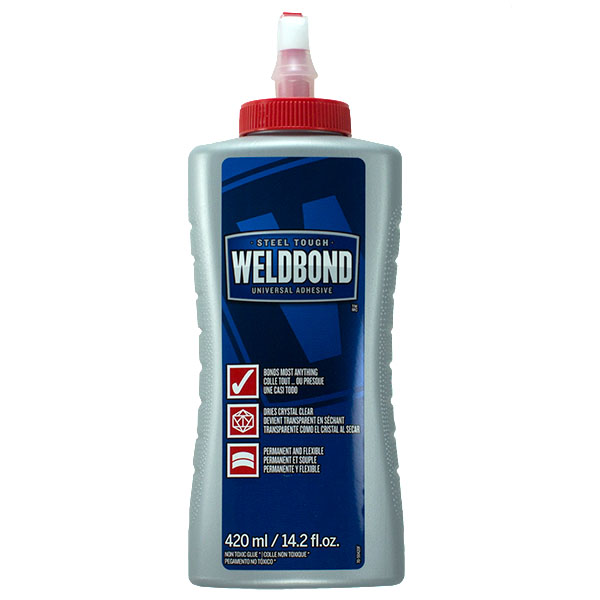Epoxy grout is preferred for pools because it is more resistant to pool chemicals and staining, but it shouldn’t be used on art object or plaques that might be around for decades or centuries as heirlooms.
Epoxy is a resin of long carbon compounds. Long carbon molecules are prone to breaking overtime because they contain stored chemical energy. They are vulnerable to things like oxygen radicals and UV radiation.
On the other hand, traditional grouts and mortars are made from kiln-fired sand and limestone and clay, which are all basic mineral substances with little stored chemical energy, all materials that last for geologic ages.
Traditional grouts and mortars age and fail more gracefully, and that is very important.
You can use acid to remove failing grout cleanly and efficiently, but what do you do with epoxy grout that has turned into cracked yellow plastic that is still sticking to the tiles?
When heirlooms are discarded, it is usually because some part of the material itself has failed in a way that cannot be removed and replaced easily from the materials that are still good. Use materials that age well.
Archival-Quality Materials
We use archival-quality materials for our mosaic artwork and recommend that you do the same.
Archival-quality materials are materials that have extremely long or unlimited lifespans under certain conditions. They are inert or decompose gradually instead of catastrophically. They don’t create acids or other chemicals that damage other components of the art.

What We Use
Grout
We use traditional portland-cement grouts such as Custom Building Products’ Polyblend Plus brand and Mapei’s Ultracolor Plus brand. You can get those at local building materials stores.
Glue
We use Weldbond on dry indoor mosaics.
White Polyvinyl Acetate (PVA) glues (such as the Weldbond we sell) are what museums and archivists use to preserve artifacts of wood, bone, paper, and other vulnerable materials. PVA has great properties all around: non-toxic, stable, inexpensive, non-yellowing, great adhesion to porous surfaces, and easy to handle.
Thinset Mortar
We use Versabond Thinset Mortar for outdoor and wet mosaics. Versabond is a portland-cement-based mortar with PVA added. It is strong as hell when fully cured.
I recommend buying the 25-lb bag from your local building-material store plus a 5-gallon bucket with lid to store the thinset and protect it from humidity. I have stored and used bags for years inside a 5-gallon bucket with lid and experienced no discernible loss in strength or bond-strength.
Mosaic tiles require fossil fuels and minerals to be made. Don’t use them for something disposable. Make an heirloom instead!


Leave a Reply